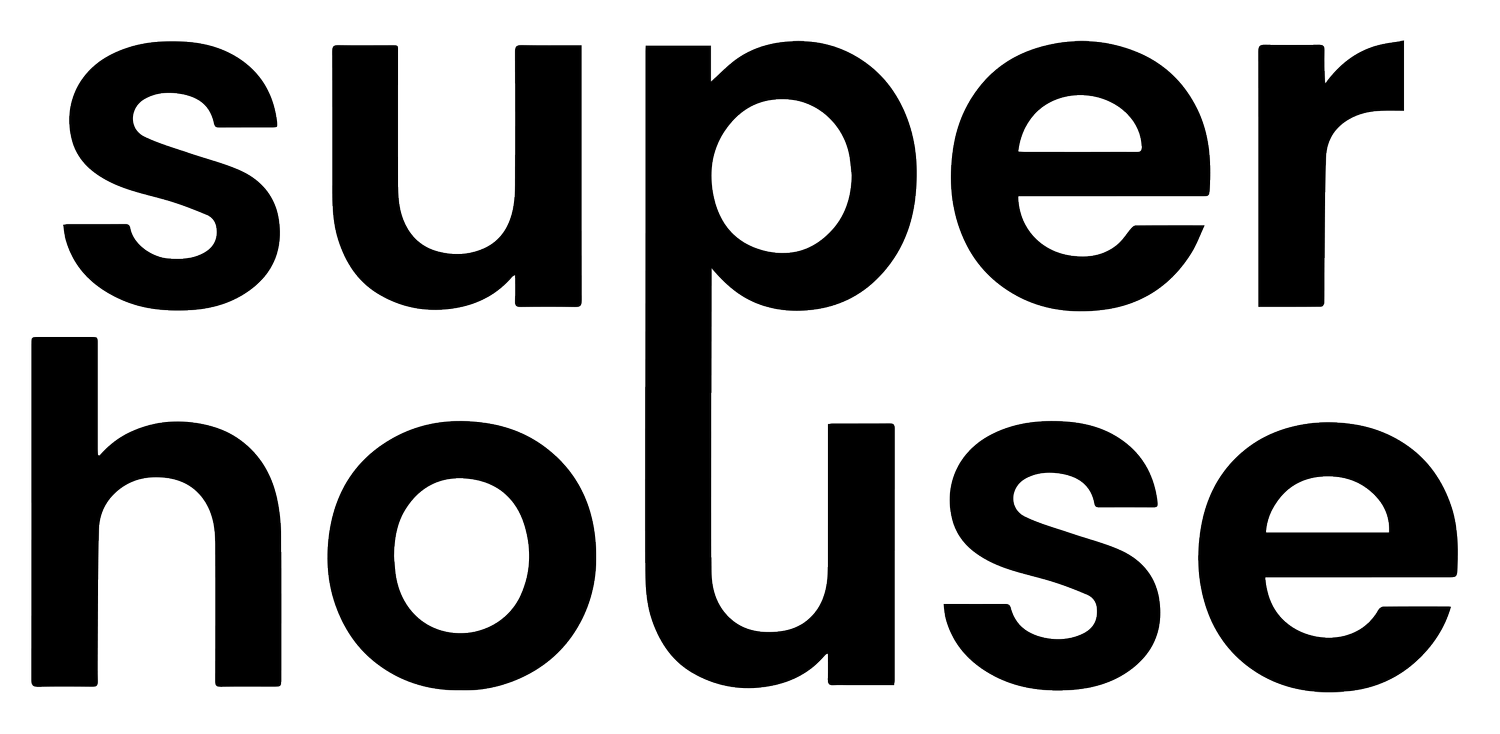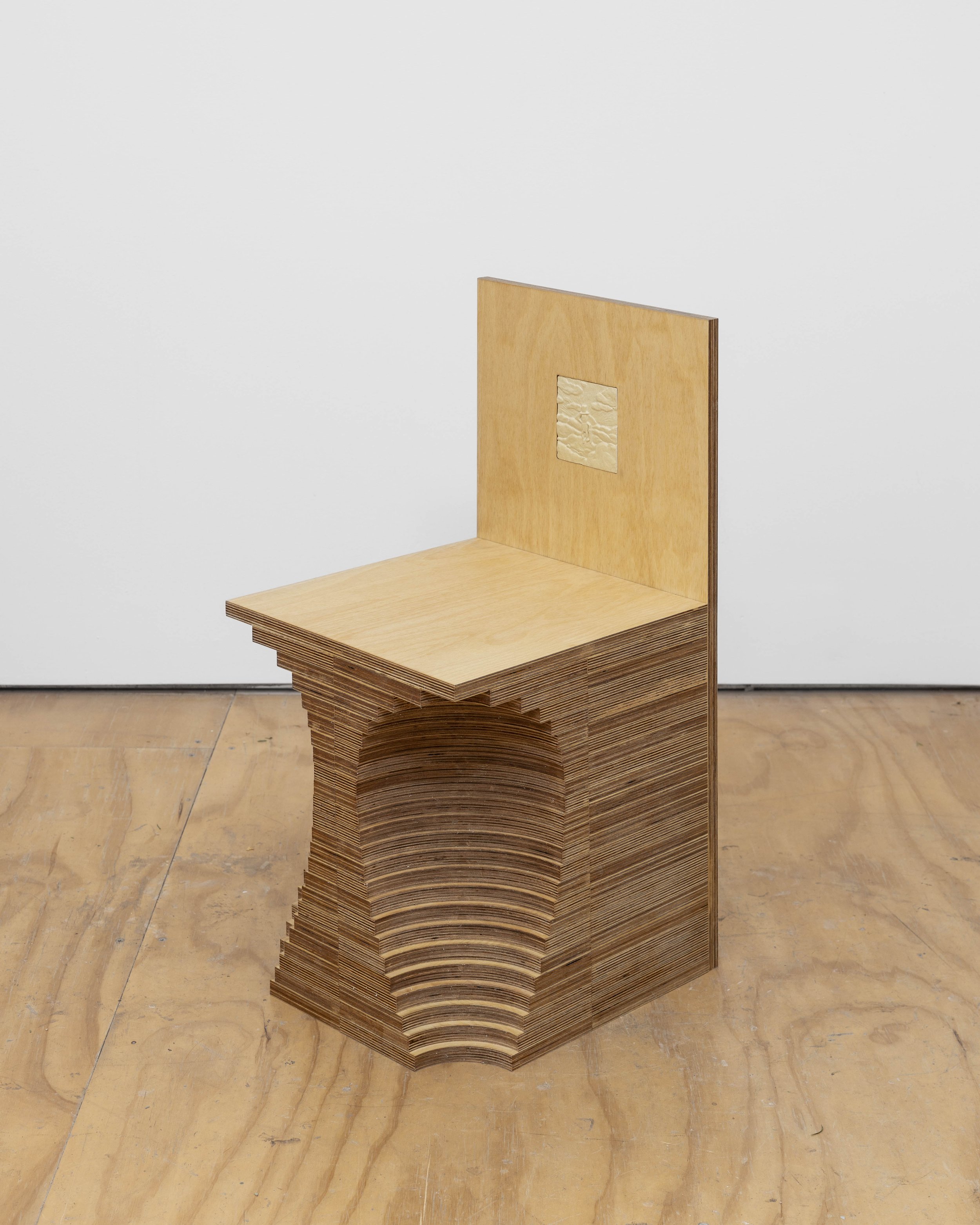Exhibitions
NADA New York 2024
Ellen Pong & Maris Van Vlack
May 2 - 5, 2024
Booth Installation (Photo credit: Luis Corzo)
Superhouse is honored to participate in NADA’s 10th edition in New York with a two-artist presentation in Booth P36 on the third floor, with work by Ellen Pong and Maris Van Vlack. The fair runs from May 2 to 5, 2024, at 548 West 22nd Street, New York City.
Booth installation
Ellen Pong GC01, 2024 Custom-glazed stoneware 9.75 D x 15 H in (24.8 D x 38.1 H cm)
Detail of Ellen Pong W03, 2024 Wood-fired stoneware
Maris Van Vlack The Moon Exploded, 2024 Fibers, acrylic, metal wire 20 x 18 x 4 in (50.8 x 45.7 x 10.2 cm)
Ellen Pong CC02, 2024 Blown glass 11 D x 10 H in (27.9 x 25.4 H cm)
Superhouse returns to the fair for the second year in a row, bringing a selection of sculpture and fiber art. The booth showcases new material explorations by gallery artist Ellen Pong and introduces the textile work of rising star Maris Van Vlack. Both artists, in their distinct, process-oriented practices, use mass production tools to craft one-of-a-kind pieces that are rich in meaning.
Ellen Pong’s recent sculptures rethink the utility of the mold in a study of material and process. While conventionally associated with precise replication, for Pong, the mold becomes a vehicle for spontaneity rather than a tool of conformity and restraint. Stacked two-dimensional shapes create three-dimensional voids that Pong uses as a scaffold for materials such as ceramic, glass, and metal, casting distinct forms that retain an aesthetic kinship. The artist’s surface manipulations complement the artifacts retained from the casting process, highlighting her expanded interest in the collaboration between structure and chaos.
Maris Van Vlack takes a unique approach to her wall-based fiber works, using the loom as her creative starting point. She makes tactile surfaces by painting and layering stitches on her woven tapestries, building up deep, atmospheric imagery. The works on display at NADA delve into geologic forms and explore the effects of orogenic and erosive forces on the earth, inviting viewers to contemplate the vastness of time and our place within it.
Booth installation
Maris Van Vlack Untitled, 2024 Fibers, acrylic, wooden bar 34 x 36 in (86.4 x 91.4 cm)
Ellen Pong C01, 2024 Maple, custom-glazed stoneware 15 x 15.75 x 29.5 H in (seat height 17 in) 38.1 x 40 x 74.9 H cm (seat height 43.2 cm)
About Ellen Pong
Originally from the West Coast, growing up in a suburb outside of Seattle, Ellen Pong now lives and works in Queens, New York. The designer graduated with a degree in Art History from the University of California, Berkeley. Pong’s self-taught practice blends sensorial observations from both the Pacific Northwest and the chaotic streets of New York City to create furniture, lighting, and objects with a studied playfulness. She has held a solo exhibition at Superhouse (New York, USA) and participated in group exhibitions at Downtown+ (Paris, France), Emma Scully Gallery (New York, USA), Marta (Los Angeles, USA), and Objective Gallery (New York, USA). Several important private collections hold her work. Selected publications include Artnet, Curbed, Elle Decor, Metropolis, PIN-UP, Sight Unseen, Surface, and The World of Interiors. Learn more.
About Maris Van Vlack
Using traditional textile techniques, Maris Van Vlack constructs tactile images that reference topography, geology, and generational memory. The Rhode Island School of Design graduate’s work is primarily hand-woven, consisting of panels of fabric slowly built up thread by thread, trapping memory and history in the sedimentary process. After hand-weaving the base tapestry, she layers the surface with drawn, painted, and stitched marks and incorporates areas of industrial jacquard weaving and still knitting. Each piece balances the materiality of the fibers and the atmosphere created within the deep pictorial space. The landscapes in the work depict architectural spaces from her family’s history, referencing photographs of places in Europe destroyed during World War II, where family members lived. Her work is a window through which to see layers of time and memory, depicting the space between the past and the present. Her work has been the subject of solo exhibitions at Bromfield Gallery (Boston, USA) and Gallery 263 (Cambridge, USA), as well as in group presentations at the Icelandic Textile Center (Blönduós, Iceland), the Attleboro Arts Museum (Attleboro, USA), the RISD Museum (Providence, USA), and others. Learn more.










